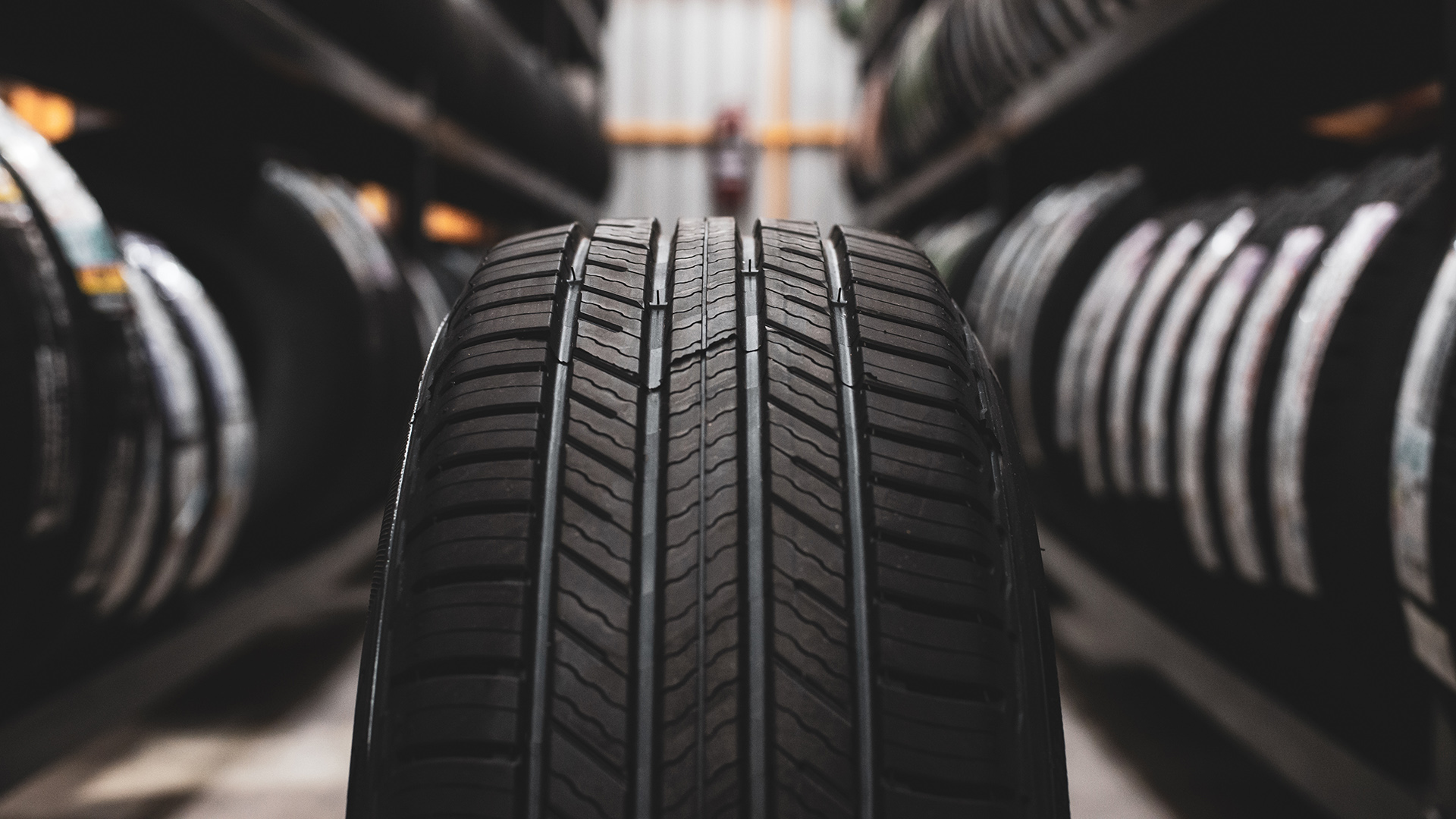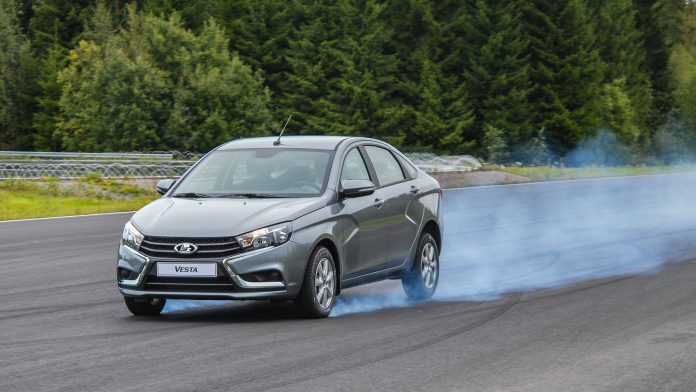Leading researchers from Imperial College London’s Transition to Zero Pollution initiative are pressing for decisive action to tackle toxic tyre wear pollution.
Emissions from tyres release six million tonnes of particles globally each year that are harmful to human and environmental health, with nine thousand tonnes of tyre wear particles produced annually in London alone.
Although the significant uptake of electric vehicles (EVs) has alleviated the impact of fuel emissions, EVs, like traditional vehicles, still produce particulate matter via tyre wear pollution.
Combatting fuel emissions has been the primary global priority, leading to the environmental and health impacts of tyre emissions being neglected.
The expert’s paper calls for more tyre wear research funding and that the effect of new technologies on the generation and impact of tyre wear pollution should be a worldwide concern.
Professor Mary Ryan, Vice Provost at Imperial College London and a co-author on the briefing paper, commented: “Safeguarding our planet and the health of future generations requires us to look not just at a problem from a single perspective but to take a systems level approach. That’s why we need to look beyond just carbon and consider human-made pollution in all its forms.
“EVs are a crucial step forward to decarbonise transport, but we need to look at the big picture too. Some are concerned that EVs tend to be heavier, which might increase tyre wear. This is exactly why Imperial College London is driving a holistic, joined-up approach to sustainability challenges. We will continue to leverage the full strength of our research and influence to find meaningful solutions and help realise a sustainable, zero-pollution future.”
How is tyre wear pollution produced?
As tyres gradually degrade, they release harmful particles, such as chunks of tyre rubber and nanoparticles, that can be transported from roads into rivers, polluting environments.
These particles contain an array of toxic chemicals, including polyaromatic hydrocarbons, benzothiazoles, isoprene, and heavy metals, such as zinc and lead.
Moreover, if they become airborne, smaller particles can reach deep into human lungs if inhaled.
Dr Zhengchu Tan, the lead author of the paper from Imperial’s Department of Mechanical Engineering, explained: “Tyre wear particles pollute the environment, the air we breathe, the water run-off from roads, and has compounding effects on waterways and agriculture. Even if all our vehicles eventually become powered by electricity instead of fossil fuels, we will still have harmful pollution from vehicles because of tyre wear.
“We urge policymakers and scientists to embark on ambitious research into tyre wear pollution to fully understand and reduce their impacts on biodiversity and health, as well as research to reduce the generation of these particles.”
“We are increasingly concerned by the impact of tyre wear on human health”
The paper outlined that the long-term effects of tyre wear pollution on human health need more research.
Findings suggest that tyre wear particles and particulate matter can potentially impact heart, lung, developmental, reproductive, and cancer outcomes.
Professor Terry Tetley of Imperial’s National Heart and Lung Institute said: “Some of these particles are so small they can be carried in the air, it’s possible that simply walking on the pavement could expose us to this type of pollution. It is essential that we better understand the effect of these particles on our health.”

Emissions from tyres are devastating the environment
The particulate matter produced by tyres contributes to microplastics in rivers and oceans. Estimates show that city tyre wear pollution incurs a four-fold greater environmental risk than other microplastics.
Although technologies like filters and environmental policies can help reduce particulate matter levels, further research is essential to understand the mechanisms influencing tyre wear pollution fully.
Dr Will Pearse from Imperial’s Department of Life Sciences added: “Tyre waste does not naturally degrade and instead builds up in the environment, and may interact with other pollutants as well as biological organisms. Our gaps in understanding make further research and development of new solutions vital so we can limit all types of vehicular pollution.”
What measures does the paper outline to combat these effects?
The researchers are imploring policymakers and scientists to examine the complexities of tyre wear pollution, such as the basics of wear-particle production and their impacts on human health and the planet.
They also champion innovating particle capture technologies, new advanced materials, and disruptive business models to employ novel transport options. They stated that these should be amalgamated into clear policies and regulations in the transport sector.
The team made the following recommendations:
- Establish standardised ways of measuring environmental tyre wear levels and their toxicity;
- Reduce harm to land and water species and humans by tightening limits on the use of harmful components in tyre materials;
- Launch new trials to understand better the short and long-term effects of different-sized particles on the environment and human health; and
- Increase efforts to understand underlying wear mechanisms better and design wear mitigation strategies such as reducing vehicle weight, using advanced driving techniques, and ensuring tyre materials pass wear resistance regulations.





